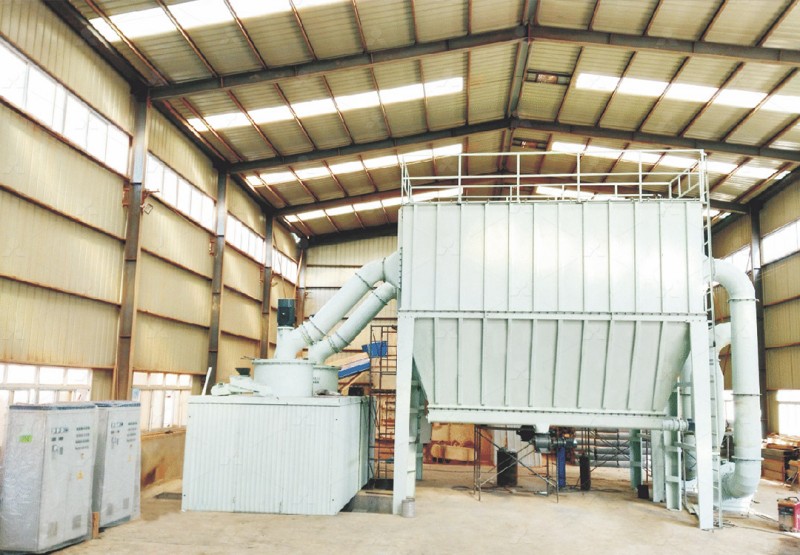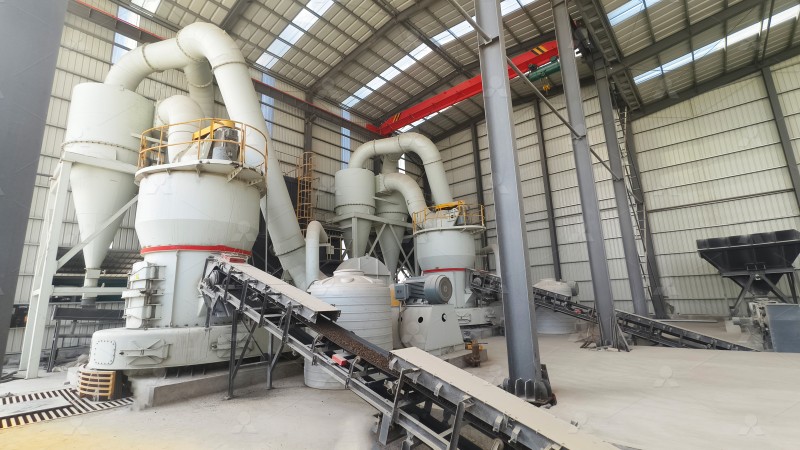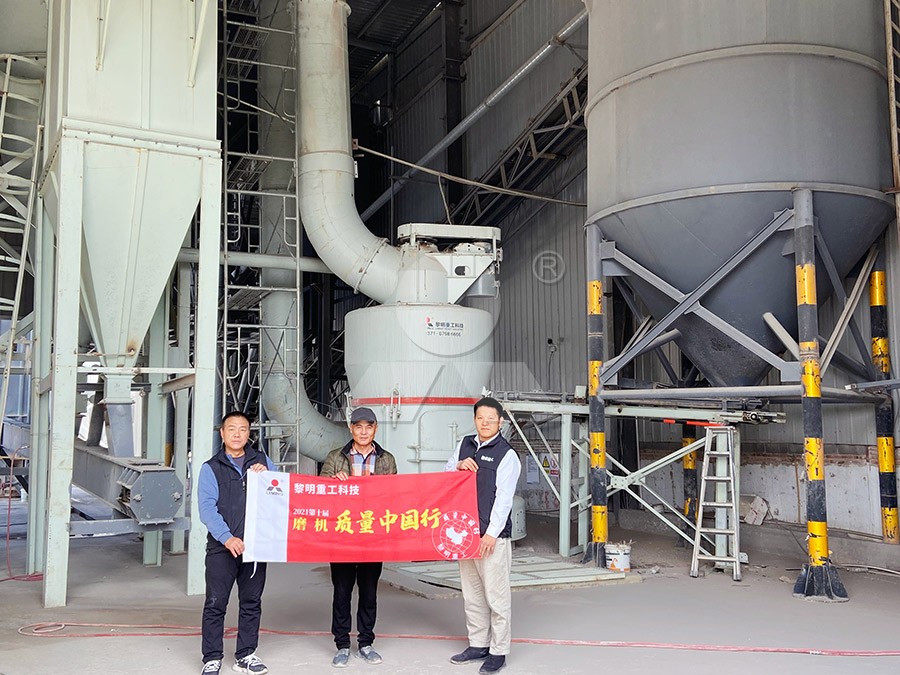Graphite European Version Grinding Mill Machine for Fine Powder Production
Graphite European Version Grinding Mill Machine for Fine Powder Production
The demand for high-purity, fine graphite powder has surged across various industries, including lithium-ion batteries, refractories, and advanced composites. Producing consistent, ultra-fine graphite powder requires robust and technologically advanced milling equipment. European-designed grinding mills have set a benchmark in this field, combining precision engineering with high efficiency to meet stringent industrial standards.
Graphite’s unique properties, such as its layered structure and lubricity, present specific challenges during the grinding process. Achieving a uniform particle size distribution without contamination is paramount. This is where the design philosophy of European grinding mills excels, focusing on energy efficiency, minimal wear, and superior particle classification.

For operations requiring the highest level of fineness, our MW Ultrafine Grinding Mill is an exemplary choice. Engineered for customers who need to make ultra-fine powder, this machine is a standout solution. With an input size of 0-20 mm and a capacity ranging from 0.5 to 25 tons per hour, it is perfectly suited for processing materials like graphite. It features a highly efficient cage-type powder selector based on German technology, allowing operators to adjust the fineness between 325 and 2500 meshes with a remarkable screening rate of d97≤5μm in a single pass. A significant design advantage is the absence of rolling bearings and screws in the grinding chamber, eliminating common failure points and enabling worry-free, continuous 24/7 operation. Furthermore, its integrated pulse dust collector and muffler ensure the production process is both dust-free and compliant with environmental standards.
Another formidable machine in our lineup for fine powder production is the LUM Ultrafine Vertical Grinding Mill. This mill incorporates the latest grinding roller technology from Taiwan and German powder separating technology. It is designed for higher yield rates and better product quality, with a unique roller shell and lining plate grinding curve that facilitates material layer formation and efficient single-pass milling. Its multi-head powder separating technology, controlled by a PLC system, allows for precise control over grinding parameters, reducing energy consumption by 30-50% compared to conventional mills. The LUM mill is particularly effective for producing superfine dry powder from non-metallic ores, making it an excellent alternative or complementary solution to the MW series for graphite applications.

Key Considerations for Graphite Milling
When selecting a mill for graphite, several factors are critical. The grinding mechanism must apply sufficient force to delaminate the graphite layers without generating excessive heat, which can oxidize the material and reduce its quality. The mill’s ability to control and classify particle size accurately is non-negotiable for applications like conductive additives in batteries. Moreover, the entire system must be sealed to prevent product loss and environmental contamination.
Our European-inspired designs address these concerns directly. They feature advanced air classification systems that provide sharp particle cuts and digitalized processing for high precision in all core components. The result is a consistent, high-purity graphite powder that meets the most demanding specifications.

FAQ
What is the typical fineness range achievable for graphite powder with your mills?
Our MW Ultrafine Grinding Mill can produce graphite powder with a fineness adjustable between 325 and 2500 meshes, achieving a d97 of less than 5 microns.
How do your mills ensure low iron contamination in the final graphite product?
Our mills, like the LUM series, are designed with special grinding curves and non-contact limiting technologies to prevent direct metal-to-metal impact. This, combined with the use of wear-resistant alloys, minimizes mechanical wear and iron content in the final powder.
Are your grinding mills suitable for continuous 24/7 operation?
Yes, models like the MW Ultrafine Grinding Mill are specifically designed for continuous operation. Features like external lubrication systems and the absence of internal rolling bearings in the grinding chamber allow for non-stop production with minimal maintenance downtime.
